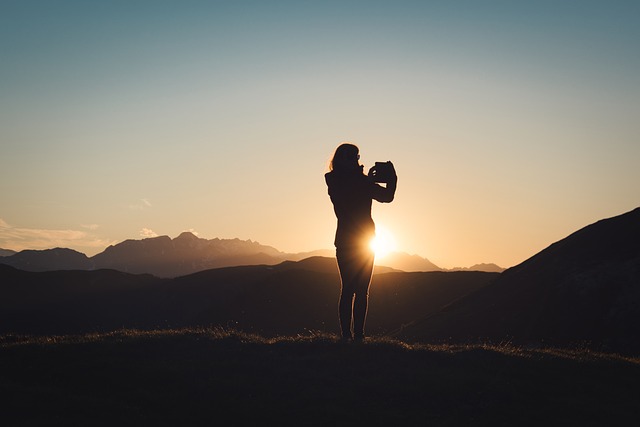When it comes to capturing the beauty of our world, few techniques evoke as much wonder as panorama photography. This art form allows us to extend our vision beyond the constraints of a standard frame, creating immersive images that draw viewers into the scene. As we explore this captivating style, let’s delve into the layers that make panorama photography a uniquely expressive discipline.
At the heart of any stunning photograph lies the camera itself. The choice of optics can significantly impact the outcome of your panorama shots. Wide-angle lenses, for instance, invite more of the landscape into your frame, unveiling expansive vistas that seem to stretch endlessly. This is particularly effective when photographing sweeping valleys, rugged mountains, or vast oceans, where a well-composed panorama can capture the grandeur of nature in a single glance.
But the technical aspects of camera settings and lens selection are just one layer of successful panorama photography. Equally vital is the approach you take when composing the shot. As you stand in front of an awe-inspiring scene, consider the elements that you want to include within your frame. Think about the foreground, midground, and background—each layer contributes to the depth and story of the image. Are there interesting details in the foreground that invite viewers to step into the scene? Do the layers of the landscape create a sense of perspective and scale?
Once you’ve set up your shot and ensured all elements are harmoniously arranged, the next challenge is capturing the image itself. Most photographers will take a series of overlapping shots while panning across the scene, which will later be stitched together in post-processing. This layering technique not only enhances the visual depth of your panoramic image but also adds a sense of continuity, guiding the viewer’s eye across the landscape.
In post-processing, software like Adobe Lightroom or Photoshop allows you to blend these layers seamlessly, correcting any inconsistencies and enhancing colors to reflect the scene’s true beauty. This step is where the magic happens—where individual images fuse into a breathtaking panorama that truly emulates what you felt in that moment. It’s a process that transforms the simple act of photography into a multi-layered narrative, balancing technical skill with artistic expression.
As you immerse yourself in the world of panorama photography, remember to embrace the journey of learning. Each layer adds complexity and richness to your images, inviting viewers into the story behind what you captured. With the right camera equipment, a keen eye for composition, and the patience to stitch together your visions, you can master panorama photography and create lasting impressions of our world as seen through your lens.



